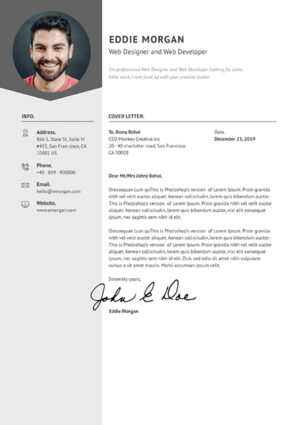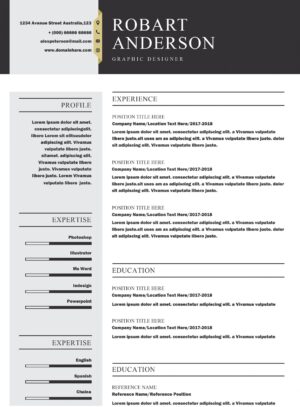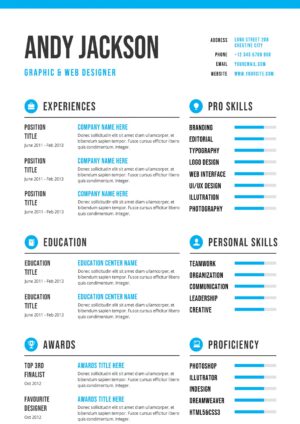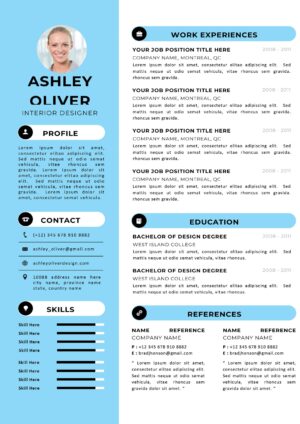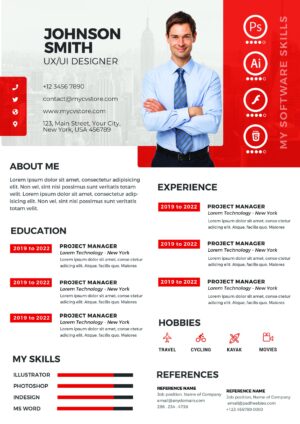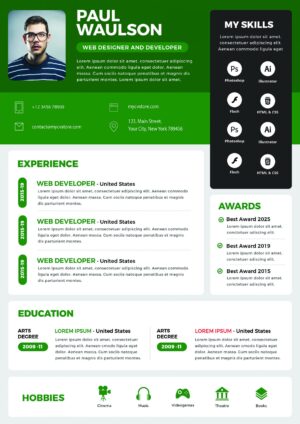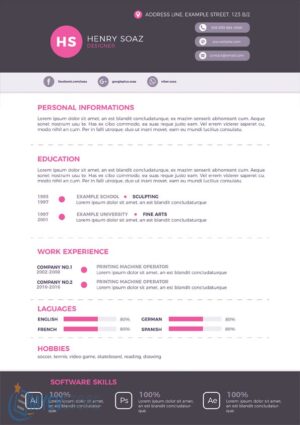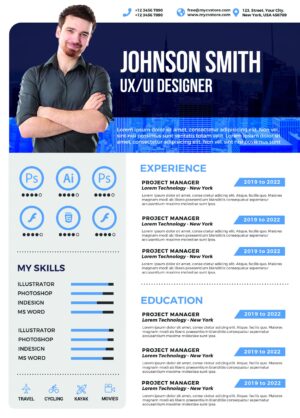In today’s competitive job market, having a polished resume and a strong LinkedIn profile is more important than ever. These tools not only showcase your skills and experiences but also your personal brand. This guide will delve into the essentials of optimizing both your resume and LinkedIn profile, ensuring you stand out to potential employers and networking opportunities. We’ll cover everything from crafting a compelling summary to selecting the right keywords for SEO (Search Engine Optimization), making your profile more visible to recruiters.
Table of contents
1. Introduction
The digital age has transformed job searching and personal branding. Your resume and LinkedIn profile are crucial components of your job application toolkit. They not only reflect your professional background and skills but also play a key role in your personal branding strategy. Optimizing these elements can significantly increase your visibility and attractiveness to potential employers.
2. Resume Optimization
2.1. Crafting Your Resume Summary
Your resume summary should concisely highlight your most significant achievements, skills, and career goals. It’s the first thing employers see, so make it count.
2.2. Highlighting Your Experience
2.2.1. Action Verbs and Quantifiable Achievements
Use action verbs to start bullet points and quantify achievements to demonstrate your impact clearly.
2.2.2. Tailoring Your Resume for the Job
Customize your resume for each application, emphasizing the experience and skills that are most relevant to the job description.
2.3. Skills and Certifications
List relevant skills and any certifications that can set you apart from other candidates.
2.4. Design and Layout
Ensure your resume is visually appealing and easy to read. Use a clean, professional format.
2.5. Keywords and SEO for Resumes
Incorporate keywords from the job description. This can help your resume pass through Applicant Tracking Systems (ATS) and get noticed by hiring managers.
3. LinkedIn Optimization
3.1. Creating a Professional Headline
Your headline should be more than just your job title. Use this space to showcase your expertise and value proposition.
3.2. Writing a Compelling Summary
Your LinkedIn summary gives you the chance to tell your story. Use it to highlight your career aspirations, achievements, and the unique value you bring.
3.3. Detailing Your Experience
3.3.1. Using Multimedia
LinkedIn allows you to add multimedia to your experience section. Use this feature to showcase your work and projects.
3.3.2. Recommendations and Endorsements
Gather recommendations from colleagues and endorsements for your skills to build credibility.
3.4. Skills and Endorsements
Regularly update your skills section and seek endorsements from connections to improve your profile’s visibility.
3.5. LinkedIn SEO Strategies
3.5.1. Keywords in Your Profile
Include relevant keywords throughout your profile to improve its visibility in searches.
3.5.2. Engaging with the Platform
Active engagement on LinkedIn increases your visibility. Share content, comment on posts, and participate in discussions.
4. Integrating Your Resume and LinkedIn Profile
4.1. Consistency Across Platforms
Ensure your resume and LinkedIn profile are consistent in terms of employment history, education, and qualifications.
4.2. Networking Strategies
Leverage LinkedIn for networking. Connect with industry professionals, join groups, and follow companies you’re interested in.
5. Conclusion
Optimizing your resume and LinkedIn profile is an ongoing process. By keeping them up-to-date and aligned with your career goals, you’ll increase your chances of being noticed by recruiters and landing your dream job. Remember, your resume and LinkedIn profile are your digital ambassadors, make sure they represent you well.
This comprehensive guide provides the foundation for creating an impactful resume and a dynamic LinkedIn profile. With these tools optimized, you’re well on your way to making a lasting impression on potential employers and advancing your career.

